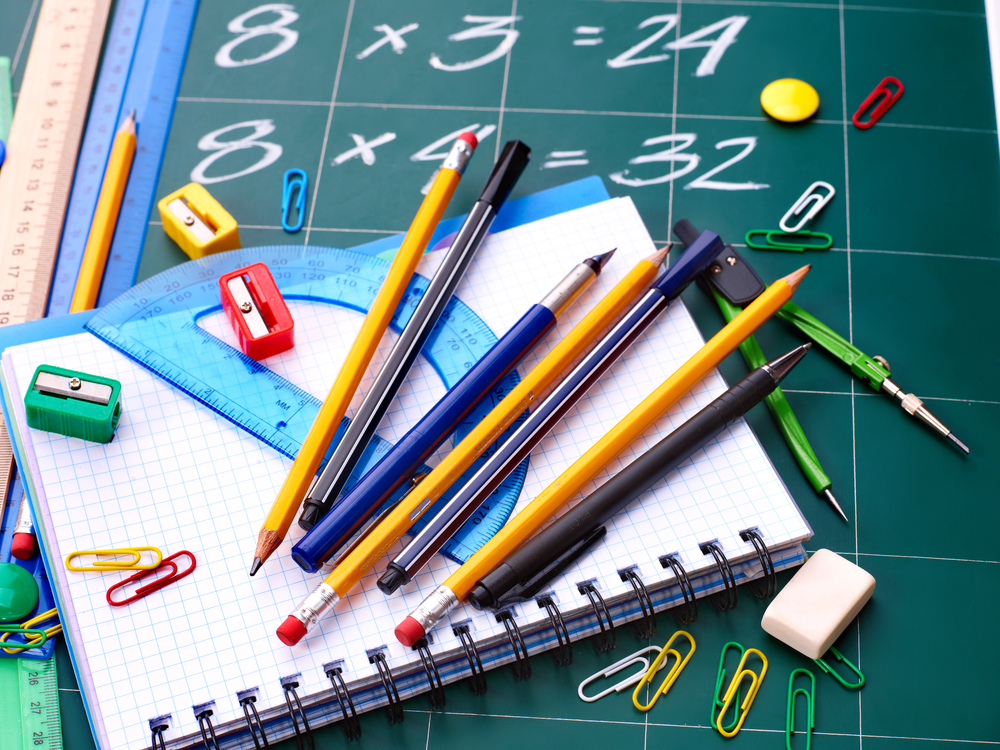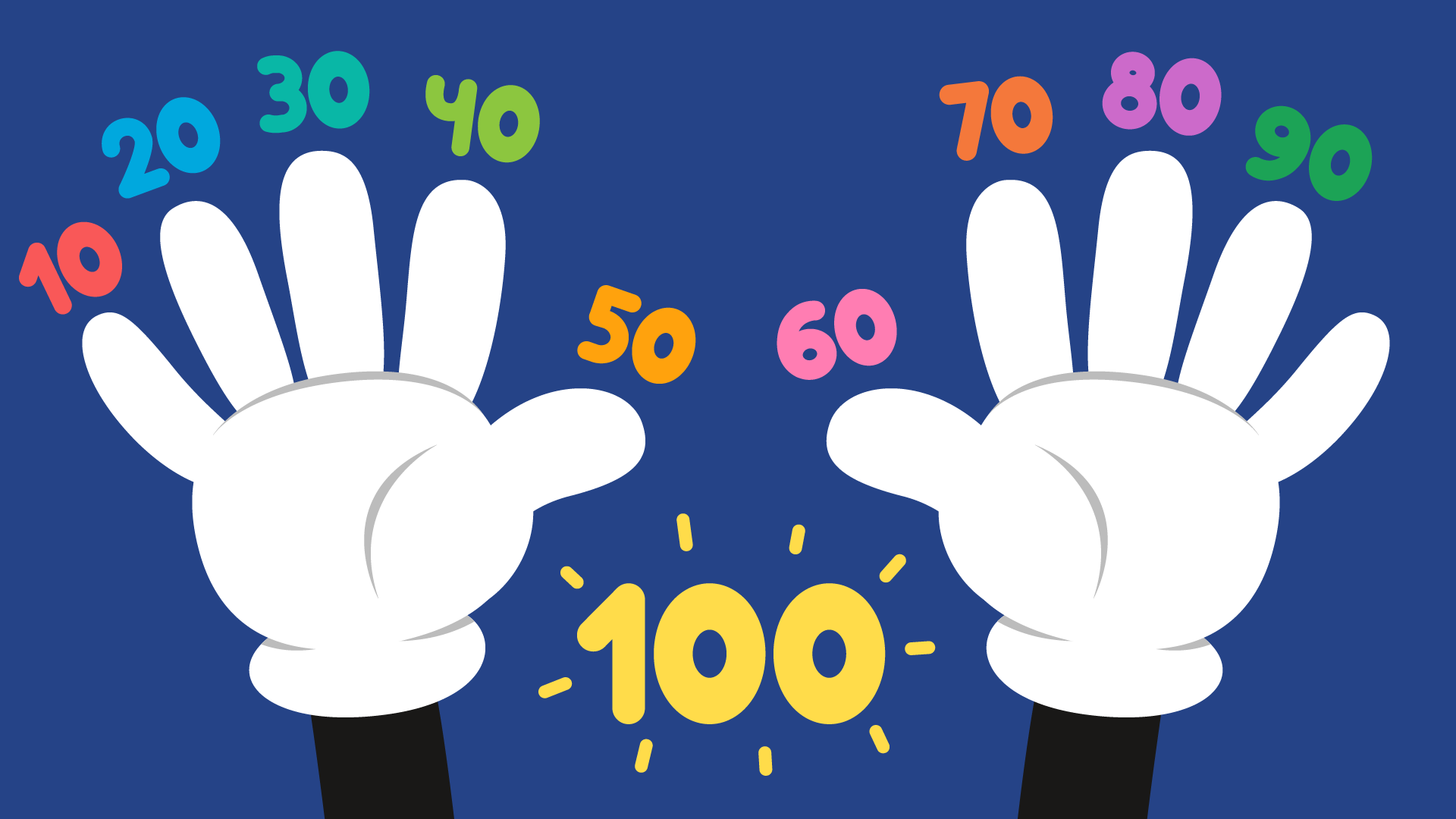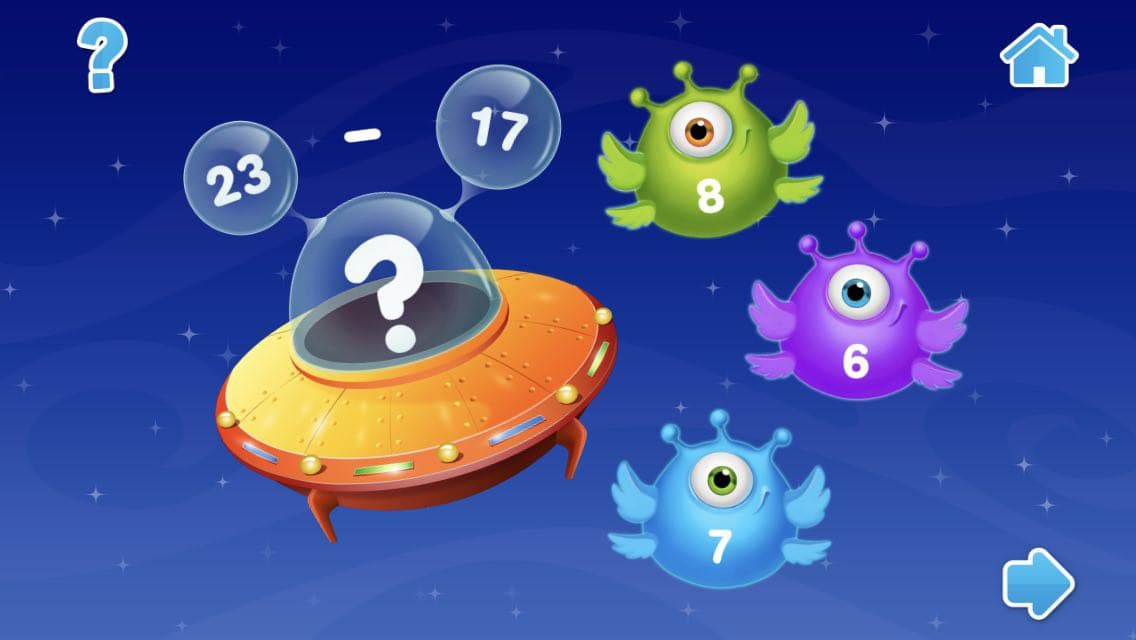Fun Ways to Master Multiplication Tables
Feb. 18, 2019
In our last post about multiplication, we talked in depth about the importance of growing number sense and understanding the math behind the operation rather than “drilling and killing”. In the past, schools across the country taught the times table with little explanation as to why students were memorizing it. Now that your child has formed a foundation for understanding the concept of multiplication, it’s time to shift to quicker and easier ways to remember multiplication facts to solve problems.

It might seem like there isn’t much else to do but provide your child with free first grade worksheets and quizzes, but there’s actually many ways to make multiplication tables easy and more enjoyable to memorize! Read the ideas below to help your child learn multiplication tables in a more engaging and interactive way!
If you’re on the hunt for more resources to learn multiplication skills, as well as subjects across the curriculum, subscribe to our Talented and Gifted app. Now for a limited time, get an entire year of learning and review for just $49.99!
Make Interactive Flashcards
Flashcards have been a staple in learning math for generations, and its no wonder why: frequent practice helps kids learn math facts! However, if your child has learned the concept of multiplication but still struggles with completing problems or is just being introduced to the times tables, flashcards may frustrate your little learner. To solve this problem, create interactive flashcards!
Make sure to have some blank notecards handy, but you’ll also need some markers and small sticky notes. Try to find the jumbo 5x8 size in your local office supply store. Feel free to laminate your flashcards after making them for continued use.
To get started, write out a multiplication problem on the face of a notecard, leaving plenty of room at the bottom. Underneath the problem, use colored markers to create an array that represents the problem. For instance, if the card says 2x3=, then below it should be an array that has 2 rows of 3 dots. In the upper right-hand corner, write the answer Cover up the answer with a small sticky note to ensure your child doesn’t see it, and flip the note up to view the answer. Alternatively, if your cards are laminated, use a dry erase marker to cover up the answer, and erase to reveal it while working! Make cards to represent the times tables your child is memorizing, and start learning multiplication facts!
Start Slow with Lego Bricks
When starting out memorizing multiplication facts, it’s best to start with the easiest numbers to multiply. For instance, start the 10’s before multiplying by 5’s, 11’s, 2’s, 4’s, and so on. Work systematically through the times tables, only moving on to another number when your child has mastered the times table they were working on in the beginning.

As your child gets going, Lego bricks are an awesome way to help your child solve problems. Because Legos are essentially arrays in brick form, they can be used as colorful manipulatives to help kids solve many early multiplication problems. For example, 4x2 can be demonstrated by the Lego brick that has two rows of 4. Pull out your child’s bucket of Legos, to see what problems the bricks would come in handy for.
Watch Some Videos
Make your child’s screen time count by offering educational and fun multiplication videos! You might remember from your own childhood the Schoolhouse Rock series. Believe it or not, the original series is on YouTube, and you can find a plethora of songs that review multiplication tables, facts, and rules using the same fun animations and music that you remember from long ago! Also, check out the DVD “Times Tales” for an exciting 60 minutes of fun that offers quizzes throughout the program.
Don’t forget that, here at Kids Academy, we also has a YouTube channel where you can find instructional videos that correspond with multiplication worksheets with the expert guidance of a real teacher as well as educational and animated videos for concepts across the curriculum. Get online and check out the resources available, all for free, and get watching with your child for a more visual way to learn multiplication facts.
Create a Multiplication Tables Wheel
If your child is more of a kinesthetic learner, this activity provides an awesome manipulative your child can use to memorize times tables! After the wheel is created, your child will have a way to review the times tables before being quizzed.
To start, you’ll need construction paper and cardstock. Draw and cut out large circles using the cardstock and draw spokes to make 10 wedges on the circle, starting from 1 at the top, and ending with 10. Be sure to label each wedge with the number. In the middle, write a number that represents a times table you’d like your child to memorize. Using scissors, cut along the spokes so that the wedges can flip up, but don’t cut the wedges of the circle away from the center. Glue the center of the circle to the construction paper, and using a permanent marker, flip up each wedge to write the answer on the construction paper under the wedge. For instance, if the number in the middle of the circle is 12, flip up the wedge that says 1 and write a 12 underneath. For the number “2” wedge, write 24, and so on.
Essentially, your child can complete the problems simply by skip counting using the number written in the center of the circle. In doing so, your child will learn that skip counting is also an easy way to multiply and memorize times tables! When finished, use the manipulatives to memorize the facts and as a tool that serves as an alternative to flashcards!
Make a Homemade Multiplication Chart
There is no shortage of printable multiplication charts online, ready and free to print. Even so, kids need to learn how to use the chart before they’re able to use it as a tool. Instead of printing a multiplication chart for your child, hang up a multiplication chart on the fridge, in your child’s room, or anywhere he or she is likely to see it every day.

Either make a blank chart by hand or print a blank chart from the internet. Help your child complete the chart day by day, skip counting across the grid. If you want, include a reward for completing each row each day! When the chart is finished, color code the chart to show how your child how to use the chart to find the answer to a problem.
Sing Some Songs and Make Some Rhymes!
For kids that are auditory learners, music can make all the difference! Kids sing songs and say rhymes to learn everything from geography to grammar, so why not use this useful technique to memorize the multiplication tables? To get started, think of clever rhymes to use with your child. For instance, “6 times 8 is 48; don’t forget so you’re not late!”. For even more fun, review multiplication facts with your child and create rhymes together to recite!
Along with rhymes, check out resources that offer pre-made songs that teach multiplication. For instance, check out Flocabulary, Songs for Teaching, Multiplication Unplugged, and so many more resources you can find on the web. Some resources will require a subscription, while others are free and available on YouTube. Once you have the songs that works for your kids, start rocking and learning!
Play Multiplication War
The card game War is a classic and can be adapted to help kids practice solving multiplication problems! This game works great if you have multiple children, or when your child’s friend or cousin is around to play.
To get started, you’ll need a deck of cards, a timer, and at least two players. Shuffle the deck and deal them to both players, face down, making sure to deal the same number of cards to both players until the deck is exhausted. During gameplay, each player will draw two of their cards face up, reads the multiplication problem, and answers it. For instance, if your child draws a 2 of hearts, and a 4 of spades, the resulting problem is: 2x4=8. The player with the higher product number wins all the cards that were drawn, including his or her opponent’s.
If the player’s products are the same, it’s war! The players repeat the turn cycle and the winner of the round gets all 8 cards! Using the timer, set a time for 10 minutes, and when the timer is up each player counts their cards. The player with the most wins!
Learning multiplication doesn’t have to be a long, boring process. Once your child learns the concept behind the operation, jazz up your child’s studies by providing fun and engaging techniques to quickly learn multiplication tables. By avoiding the usual “drilling and killing” method of practicing multiplication, your child will learn to grow math alongside growing their math skills. If you think your child needs more practice, check out valuable resources, like educational videos, worksheets, games, and more, all available on our YouTube channel, or online at kidsacademy.mobi!










